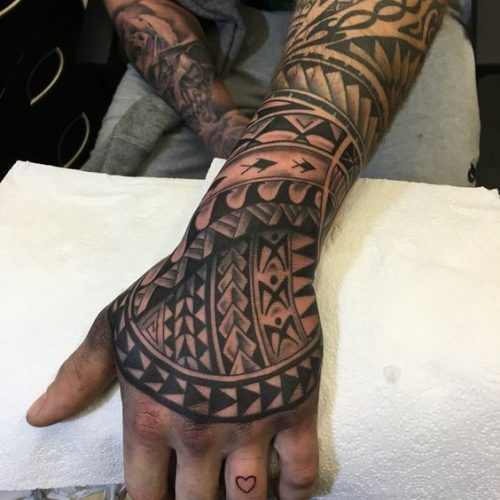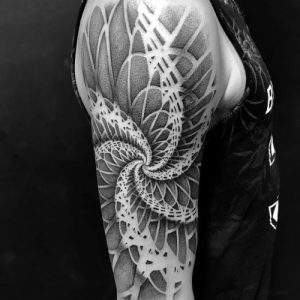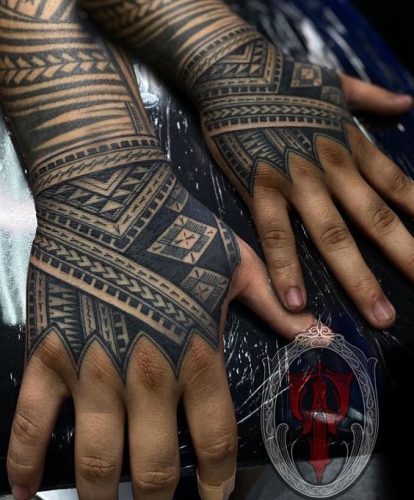
The Maori people of New Zealand have a rich cultural heritage that is deeply intertwined with their art and craft traditions. Among the most prominent and symbolic of these traditions are Maori hand carvings.
These intricate and meaningful carvings are not just decorative pieces but also serve as a vital link to Maori history, spirituality, and identity. In this article, we will explore the significance of Maori hand carvings, their historical context, and the ongoing efforts to preserve and revive this invaluable cultural heritage.
The Significance of Maori Hand Carvings
Maori hand carvings, often referred to as “whakairo ringa” in the Maori language, play a central role in Maori culture. They are considered taonga (treasures) and are highly revered by the Maori people. These carvings are more than just art; they are living representations of Maori ancestors, their stories, and their connection to the land.
Spiritual Significance: Maori hand carvings are deeply spiritual in nature. They often depict ancestral figures and mythical creatures, each with their own symbolic meaning. These carvings are believed to hold the spiritual essence of the ancestors they represent, connecting the living Maori with their forebears and the spiritual world.
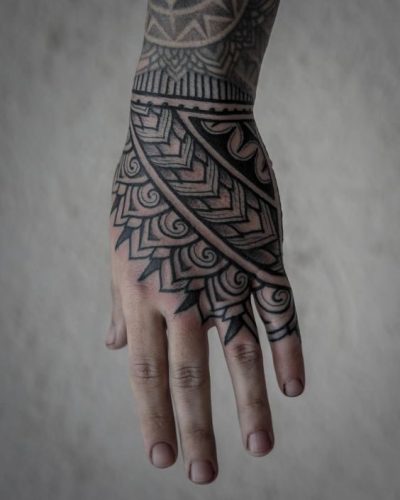
Cultural Identity: Maori hand carvings are a visual expression of Maori identity. They reflect the unique cultural narratives, values, and beliefs of the Maori people. The intricate patterns and designs used in these carvings are distinctive to different iwi (tribes), offering a way to distinguish one tribal group from another.
Storytelling and Oral Tradition: Maori hand carvings serve as a form of storytelling and oral tradition. Each carving tells a story, whether it’s about a specific ancestor, a tribal history, or a significant event. These stories are passed down through generations, ensuring the continuity of Maori culture.
Historical Context
Maori hand carvings have a long and storied history that dates back centuries. They were traditionally created using a range of materials, including wood, bone, and stone. The designs were meticulously carved into these materials using specialized tools, often with a focus on symmetry and symbolism.
Canoes and Meeting Houses: Maori hand carvings were prominently featured on waka (canoes) and wharenui (meeting houses). These structures were integral to Maori society, and the carvings on them served as both decorative elements and spiritual guardians.
Colonial Impact: The arrival of European colonists in New Zealand in the 18th and 19th centuries had a significant impact on Maori culture, including the art of carving. Some traditional practices were disrupted or lost during this period.
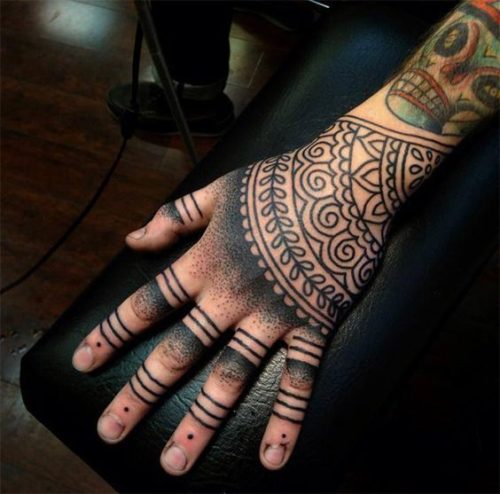
Preservation Efforts
In recent years, there has been a concerted effort to preserve and revive the art of Maori hand carving. These efforts are vital in ensuring that this cultural heritage continues to thrive and remain relevant in the modern world.
Revival of Traditional Techniques: Master carvers and artists have been working diligently to revive traditional carving techniques. This includes the use of native New Zealand timbers and tools that were historically employed by Maori carvers.
Education and Apprenticeships: Carving schools and workshops have been established to pass down the knowledge and skills required for Maori hand carving. These institutions provide opportunities for both Maori and non-Maori individuals to learn and contribute to the preservation of this art form.
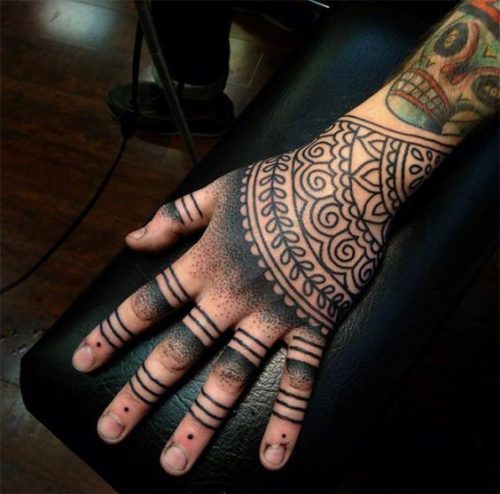
Cultural Centers and Museums: Many cultural centers and museums across New Zealand showcase Maori hand carvings, providing a platform for both education and appreciation. These institutions also play a crucial role in protecting and conserving existing carvings.
Maori hand carvings are a testament to the resilience and enduring cultural significance of the Maori people. They are more than just art; they are a living connection to the past, a reflection of cultural identity, and a source of spiritual nourishment.
Efforts to preserve and revive this art form are essential not only for the Maori people but also for all those who seek to appreciate and learn from the rich heritage of New Zealand’s indigenous culture. By continuing to honor and safeguard Maori hand carvings, we ensure that this cultural treasure endures for generations to come.
